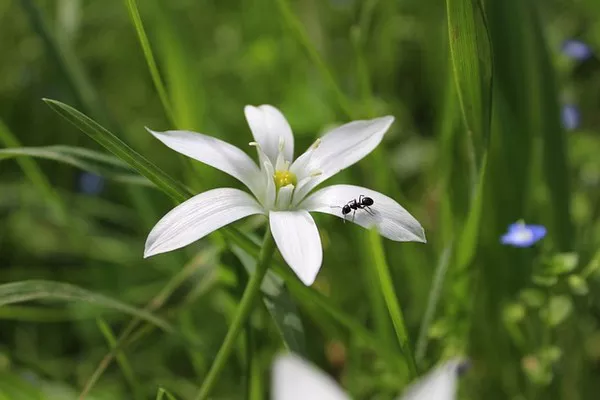Throughout history and across cultures, flowers have held significant symbolic meanings. In times of mourning, these delicate blooms take on a special role, as they are often used to convey emotions, pay tribute, and honor the departed. Understanding the language of flowers can offer solace to the grieving, allowing them to express their feelings and commemorate the deceased in a meaningful way. In this article, we explore the diverse flowers that symbolize death, their historical contexts, and the cultures that have embraced these floral representations.
The Rose: Beauty in Grief
The rose is perhaps the most iconic and versatile of all flowers, and its symbolism extends beyond matters of love and romance. In the language of flowers, the rose is often associated with beauty and love, but different colors of roses also carry varying meanings in the context of death. White roses represent purity and innocence, making them a popular choice for funerals, while red roses signify deep love and respect for the departed.
The Lily: A Spiritual Passage
The lily is another prominent flower associated with death and funerals. Its elegant, trumpet-shaped blooms are frequently used to symbolize the soul’s journey from this world to the next. In various cultures, the lily is seen as a symbol of resurrection and rebirth, reflecting the belief in life beyond death.
The Chrysanthemum: Honoring the Departed
In Eastern cultures, particularly in Japan and China, the chrysanthemum is a revered flower with strong connections to death and mourning. These flowers are often used to adorn graves and altars during funeral ceremonies, representing grief, honor, and longevity. In Japan, the chrysanthemum is the symbol of the imperial family and the national flower, emphasizing its importance in the country’s cultural fabric.
The Lily of the Valley: Commemorating Innocence
The delicate and fragrant Lily of the Valley has long been associated with purity, innocence, and renewal. As a flower representing death, it often conveys the notion of the departed’s return to a state of innocence after passing. The Lily of the Valley is a popular choice for memorial services, evoking feelings of tenderness and fond memories.
The Carnation: A Colorful Farewell
Carnations are an ancient flower with rich symbolism. While red carnations represent love and admiration, white carnations are often used in funerals to symbolize pure love and innocence. Pink carnations convey remembrance, making them a thoughtful choice for honoring the memories of the departed.
The Forget-Me-Not: Unwavering Remembrance
The Forget-Me-Not is a poignant flower with an enduring symbol of remembrance. As the name suggests, it signifies the promise to never forget the departed loved ones. This small, delicate blue flower is often included in funeral arrangements to express everlasting memories and undying love.
The Iris: Messages from Heaven
With its striking beauty and vibrant colors, the iris is associated with a range of symbolic meanings, including wisdom, hope, and valor. In the context of mourning, the iris is considered a messenger from heaven, bridging the gap between the living and the deceased.
The Poppy: Resilience and Eternal Sleep
The poppy flower has a bittersweet symbolism when connected to death. In some cultures, the red poppy represents eternal sleep or peaceful rest, while in others, it is a symbol of resurrection and the promise of life after death. It is often used to honor fallen soldiers and remember those who have passed away.
The Gladiolus: Strength in Adversity
The tall and elegant gladiolus represents strength of character and moral integrity. Often included in funeral arrangements, the gladiolus symbolizes the strength needed to overcome the pain of loss and the resilience required to face life’s challenges.
The Daffodil: Hope Amidst Sorrow
Daffodils are bright, trumpet-shaped flowers symbolizing hope and new beginnings. While they are commonly associated with spring and rebirth, they also hold significance in times of loss, representing the hope that the deceased has entered a new and better phase of existence.
Conclusion
In the language of flowers, numerous blooms carry powerful symbolism, and many have come to represent death and mourning across different cultures. Understanding the meanings behind these floral representations can help provide solace and a deeper connection with the departed during times of grief. Flowers serve as a beautiful and poignant way to honor the deceased, celebrate their lives, and offer comfort to those left behind. As we embrace the rich cultural tapestry of these symbolic flowers, we can find strength, hope, and a sense of continuity in the face of loss.


